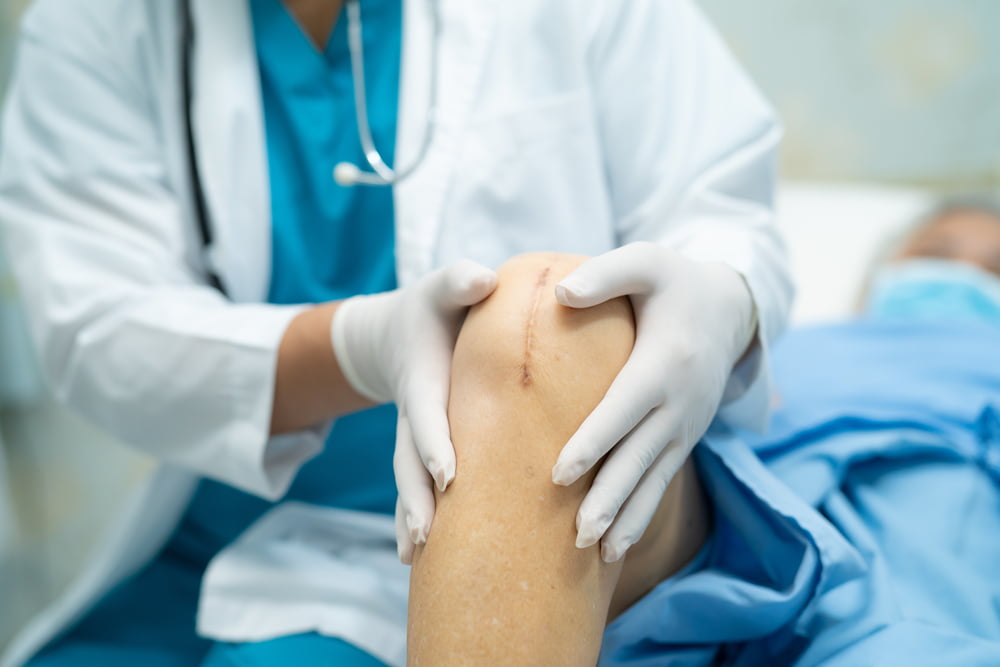Scar and Wound Healing Removal in Türkiye
Scar and wound healing removal are essential parts of cosmetic surgeries, as scars appear as the final result after the wound undergoes four healing processes: coagulation, inflammation, regeneration, and remodeling. Scars become permanent when the wound reaches the reticular dermis layer.
Atrophic scars occur when collagen loss exceeds its production during the rebuilding process. Inflammatory scars (pathological scars, such as keloids or hypertrophic scars) appear when the inflammatory phase is prolonged or becomes more active. If these inflammatory scars are present on joints or movable areas, they may result in contracture scars. Surgical techniques can improve mature scars when used at the right time and considering individual health conditions.
In this context, we focus on surgical techniques used to improve mature scars, burn scars, and contracture scars. These techniques include z-plasties, w-plasties, split-thickness skin graft (STSG), and full-thickness skin graft (FTSG), as well as local flaps (including the square flap and propeller flap), expanded flaps, distant flaps, local flaps, and free flaps.

Z-plasties and W-plasties for Scar and Wound Healing Removal:
Z-plasties involve surgical zigzag incisions and sutures to release hypertrophic linear scars and tension. One of the main benefits of z-plasties is that interrupted scars heal faster than linear scars. This is because vertical scars running along the longitudinal axis of the skin experience more tension than horizontal scars along the transverse axis. This elongates the inflammatory stage of wound healing, leading to scar hypertrophy. Therefore, the zigzag incisions and sutures reduce the risk of developing inflammatory scars, especially in joint areas.
Triangular-shaped flaps, such as those used in Z-plasty, should not contain existing scars because the healthy skin’s stretching after surgery absorbs tension. However, the presence of scars in the flap reduces the absorption of tension, thereby increasing stress. Additionally, Z-plasty is more suitable for scars located on the forehead and nose areas, as it allows for better alignment of the incision line with skin wrinkles or folds. However, Z-plasty is not suitable for major joint areas such as armpits and elbows.
Skin Graft (STSG and FTSG):
Skin grafting is used for large scars, and manual powered dermatomes are employed to take large portions of skin and use them to cover large wounds, whether they are primary wounds or remaining wounds after burn scar removal. Split-thickness skin graft (STSG) development results in a secondary hypertrophic scar, so a secondary reconstruction of the scar using full-thickness skin graft (FTSG) is necessary. FTSG is less prone to secondary hypertrophy compared to STSG but has lower quality due to increased spread distance and longer time needed for complete vascular reformation. Skin grafts can be modified with negative pressure wound therapy devices and traditional dressing methods. External wire frames can also be used for skin graft fixation, especially in eyelid and peri-oral regions and joints.”
Local Flaps:
Several local flaps are beneficial for releasing contracture scars. Local flaps naturally expand after surgery, so they are not prone to postoperative shrinkage. However, unlike skin grafts, local flaps do not expand, leading to secondary contracture scars and circular inflammatory scars around the grafted skin. Local flaps are classified as advancement flaps, rotational flaps, and transposition flaps. It is preferable for these flaps to have a skin pedicle due to the technical ease of transferring the island flap to the recipient site compared to a skin-pedicle flap. The flap’s ability to expand after surgery is also considered when determining the optimal design for each patient.
The square flap technique is particularly useful for reconstructing major scars in joint areas because these flaps can expand up to three times their size.
In cases of extensive burn injuries, traditional flaps may be challenging to design. In such instances, propeller flaps can be a better option. Propeller flaps use healthy skin from the elbow fossa or shoulder area and can be applied to contracture scars in the upper lip and other locations as long as they can be harvested as a rotational flap.
Expanded Flaps for Scar and Wound Healing Removal:
Healthy skin near the recipient site is ideal for scar reconstruction due to its color and structure compatibility. For example, expanded flaps can be used to rebuild the anterior chest wall. Multiple small expanded flaps can be harvested simultaneously for anterior neck scars. One drawback of expanded flap surgery is the need for two procedures. Additionally, the patient must return frequently to the hospital for saline injections into the expander. However, this issue has been resolved with recent advancements in new expanders like “AirXpanders,” which can be remotely inflated using compressed carbon dioxide.
Distant Flaps:
Free flaps are no longer commonly used in recent years due to advancements in microvascular tissue transfer. However, they remain useful, as a team has reconstructed finger joints using free flaps from the abdomen. One drawback of this method is that the patient may experience some discomfort during this period, but the advantage is that it is less invasive than other techniques, as it preserves blood vessels.
Free Flaps:
Free flaps are used for burn reconstruction when there is exposed bone, tendon, or cartilage, and local or regional flaps are insufficient. However, due to technological advancements, more alternatives are available, such as negative pressure wound therapy.
Scar and Wound Healing Removal in Türkiye:
The medical staff of surgical teams, doctors and consultants in REHABTÜRK can provide the best treatment options and free consultations – by striving to keep abreast of the latest medical technologies and methods.

